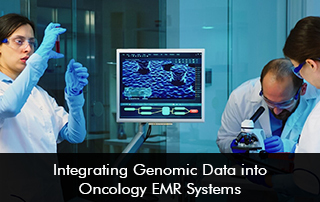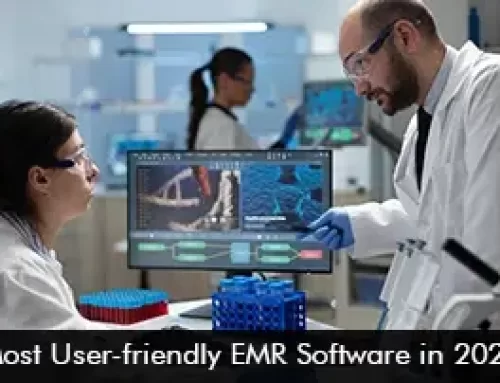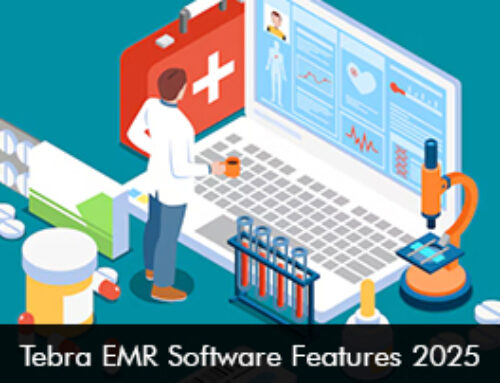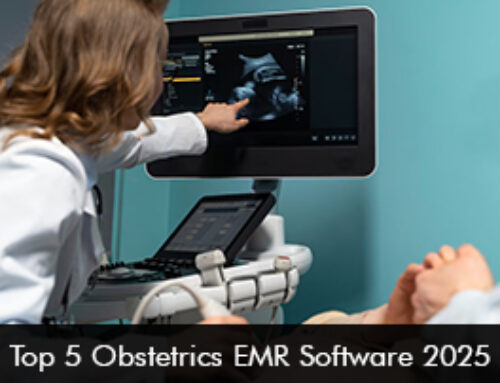Electronic Medical Record (EMR) are foundational in modern Oncology. These systems have evolved from being simple repositories for billing and notes into powerful platforms that manage complex workflows, facilitate multidisciplinary collaboration, and support precision medicine. Particularly in cancer care, integrating genomic data into oncology EMR systems is not just a novelty—it’s becoming essential. As targeted therapies and immunotherapies transform treatment, having patients’ genomic profiles seamlessly integrated into the EMR ensures clinicians can make timely, accurate decisions, streamline care, and improve outcomes.
Why Genomic Data Matters in Oncology EMR Systems?
- Discrete sequencing data (tumor and germline) embedded in EMR allows oncologists to match therapies to actionable mutations without toggling between systems.
- Embedding genomic data in oncology EMR tools enhances clinical decision support—triggering alerts on drug–gene interactions and treatment options based on genetic markers.
- Having genomic results within EMR accelerates multidisciplinary review with radiologists, pathologists, pharmacists, and the whole care team.
- Time savings are substantial: integration with oncology EMR systems cuts ordering time from ~8 minutes to ~2 minutes and result review from ~5 to ~1 minute.
Technical Foundations of Integration in EMR
- Discrete structured data: Genomic variants must be mapped into EMR modules using standards like HL7, LOINC, SNOMED, and mCODE.
- Middleware/APIs: Many institutions use middleware or FHIR-based APIs to import structured genomic reports into oncology EMR/EHR systems.
- Clinical decision support (CDS): EMR systems now include CDS rules that compare patient genomics with drug biomarkers to suggest precision treatments.
- Smart phrases and templates: Epic-based EMR systems, for example, offer genomic smart-phrases for automatic insertion of genomic findings into clinician notes.
- Linkage to biobanks and research: EMR systems enriched with genomic data can power real-world research, clinical trials matching, and AI‑driven insights.
Recent Highlights & Latest Features (2025)
- Tempus + Epic/Cerner/CureMD/etc.: Tempus now provides bi‑directional NGS data integration directly into Epic’s Genomics Module and Aura network. Over 600 connections across 3,000 institutions—enhancing precision oncology workflows.
- Caris + OncoEMR: Caris integrates whole-exome/transcriptome data into Epic ORA tool and OncoEMR, with >2,000 clinicians benefiting from streamlined ordering and in‑platform result review.
- TriHealth case study: After integrating tumor profiling into Epic, test volumes rose 46% in 2021 vs. 2020—and by 20% more in 2022. Return-on-investment estimated at 400+ FTE hours saved annually /.
- AI & NLP in EMR research: Institutions like Memorial Sloan Kettering are mining EMR data and unstructured clinical notes with AI to uncover treatment response predictors and link patient outcomes with genomic profiles.
- mCODE & LLM-powered standards: New frameworks (Oct 2024) use LLMs to standardize mCODE profiles from EMR notes for trial matching—reaching >90% success rate coding SNOMED, LOINC, RxNorm.
Benefits for Oncology Clinicians and Care Teams
- Better clinical workflows: Having everything—order, report, decision support—inside the oncology EMR avoids portal hopping.
- Quicker decision-making: Integrated genomic data enables faster therapeutic decisions—crucial in advancing cancers.
- Increased testing compliance: Integrated ordering leads to 46% more tumor tests and 20% more the next year.
- Improved equity reporting: Pairing genomics with EMR can track outcomes across demographic segments and address disparities.
- Supports CDS and dashboards: Systems like Epic SlicerDicer and Tableau can build real‑time dashboards on biomarker negative/positive cohorts directly from EMR.
Implementation Best Practices in EMR
- Start small: Begin with specific biomarkers (e.g. SDHB or DPYD) and one laboratory before scaling.
- Create multidisciplinary teams: Oncologists, geneticists, IT, lab partners, and compliance should co-own the design and rollout.
- Use smart documentation tools: Utilize EMR built-in features like Epic’s genomic smart phrases to automate workflows.
- Adhere to standards: Data mapping must comply with HL7, LOINC, SNOMED, mCODE for interoperability.
- Measure ROI: Time savings per test can translate to hundreds of clinician-hours saved annually.
- Iterate & expand: Once basic genomic pipelines are in place, build out CDS, reclassification alerts, patient portals, and research data connectivity.
Top 5 Oncology EMR Software You Should Know
Here’s a list of five EMR platforms consistently recommended by oncologists and hospital IT teams:
-
Epic Systems (Epic Genomics Module)
- The market leader in hospital-grade EMR software with a dedicated genomics module.
- Supports structured tumor and germline variant import, genomic smart phrases, ORA network integration.
- Robust CDS tools—triggers evidence-based therapy suggestions based on variants.
- Strong interoperability and reporting: integrates with research registries, precision medicine dashboards, and real-world datasets.
-
Flatiron’s OncoEMR
- Specialty oncology EMR built for community and academic oncology practices.
- Direct integration with Caris Life Sciences and other labs for NGS data ordering and review.
- Features clinical-trial matching, Biomarker-driven pathways, and simplified tumor profiling tracking.
- Seamless integration into Flatiron’s analytics platform for real-world evidence generation.
-
Cerner Oncology
- Part of Cerner’s comprehensive EHR software suite.
- Genomic data is embedded within the broader EMR record enabling CDS and workflow efficiency.
- Well-established in oncology subspecialties and hospital systems for integrative precision workflows.
- Drag-and-drop genomic timeline and history viewers within patient chart.
-
Allscripts / Veradigm Oncology
- Oncology-focused EHR platform within the Allscripts/Veradigm ecosystem.
- Integrates genomic testing orders, molecular results, and biomarker alerts.
- Coordinated patient portals support data sharing and patient engagement.
- Extensive connectivity with lab vendors, pathology, and pharmacy modules.
-
McKesson iKnowMed
- Tailored for oncology clinics and outpatient infusion centers.
- Structured molecular result integration supports therapy planning and quality metric tracking.
- Embedded EHR software simplifies staff workflows (order, result, billing in one system).
- Includes treatment pathways, clinical documentation, and trial eligibility support.
Integrating genomic data into oncology EMR systems is no longer a futuristic aspiration—it’s happening now, and fast. With major players like Epic, Flatiron, Cerner, Allscripts, and McKesson building advanced genomics modules, and labs like Tempus and Caris delivering structured NGS results, the infrastructure is here. The benefits—faster ordering, smarter decisions, more testing, better equity reporting—are real and measurable. By adopting a phased, standards-based approach and aligning clinical, IT, lab, and privacy teams—all within EMR —you can transform your oncology practice into a true precision medicine engine.







